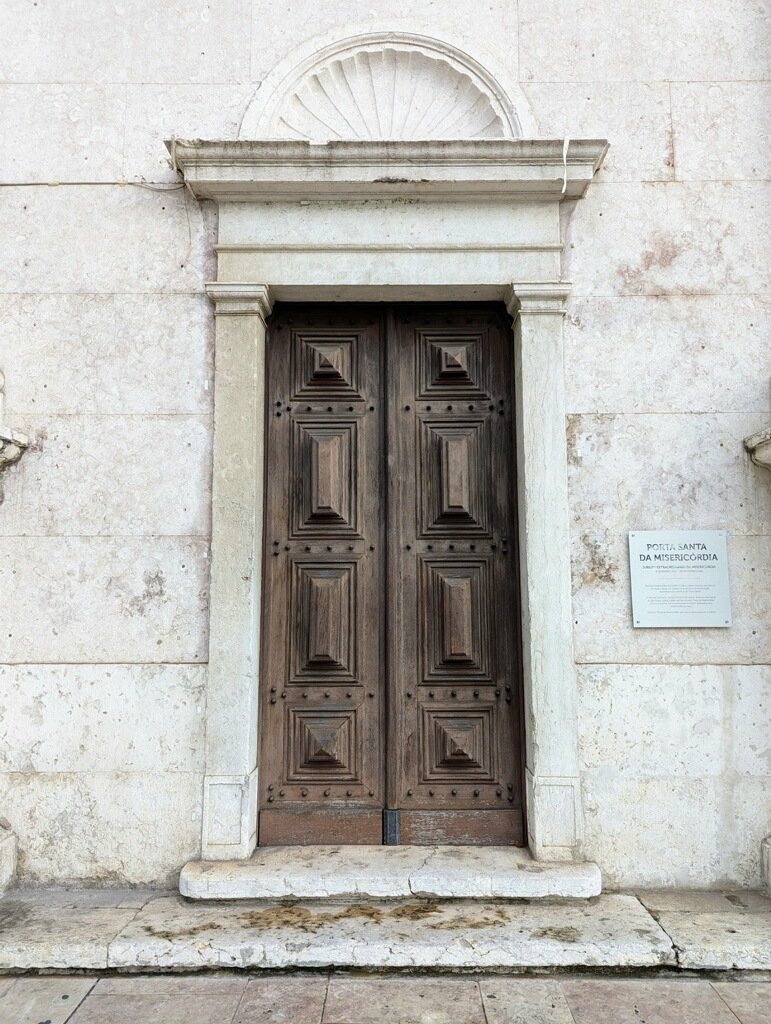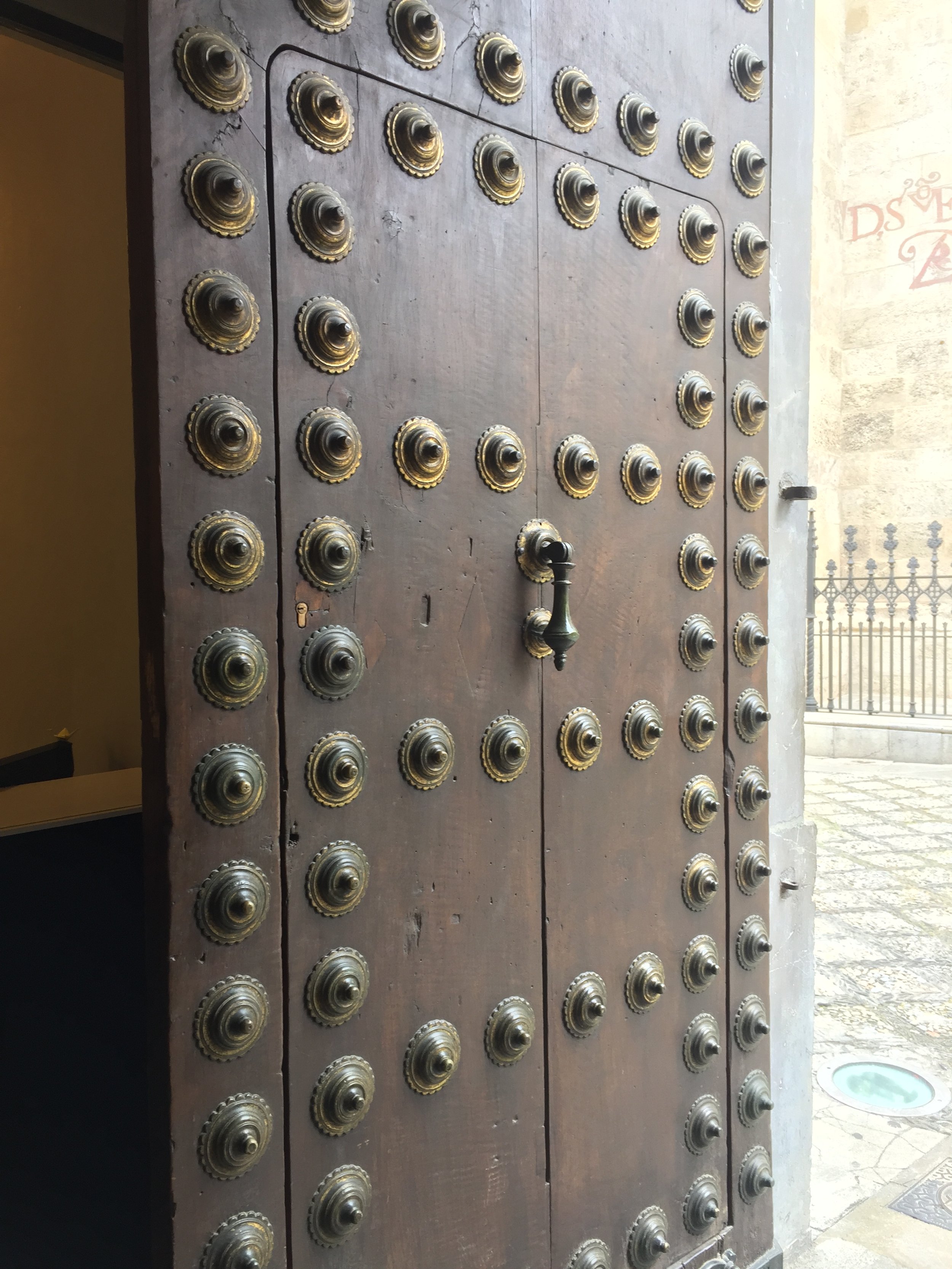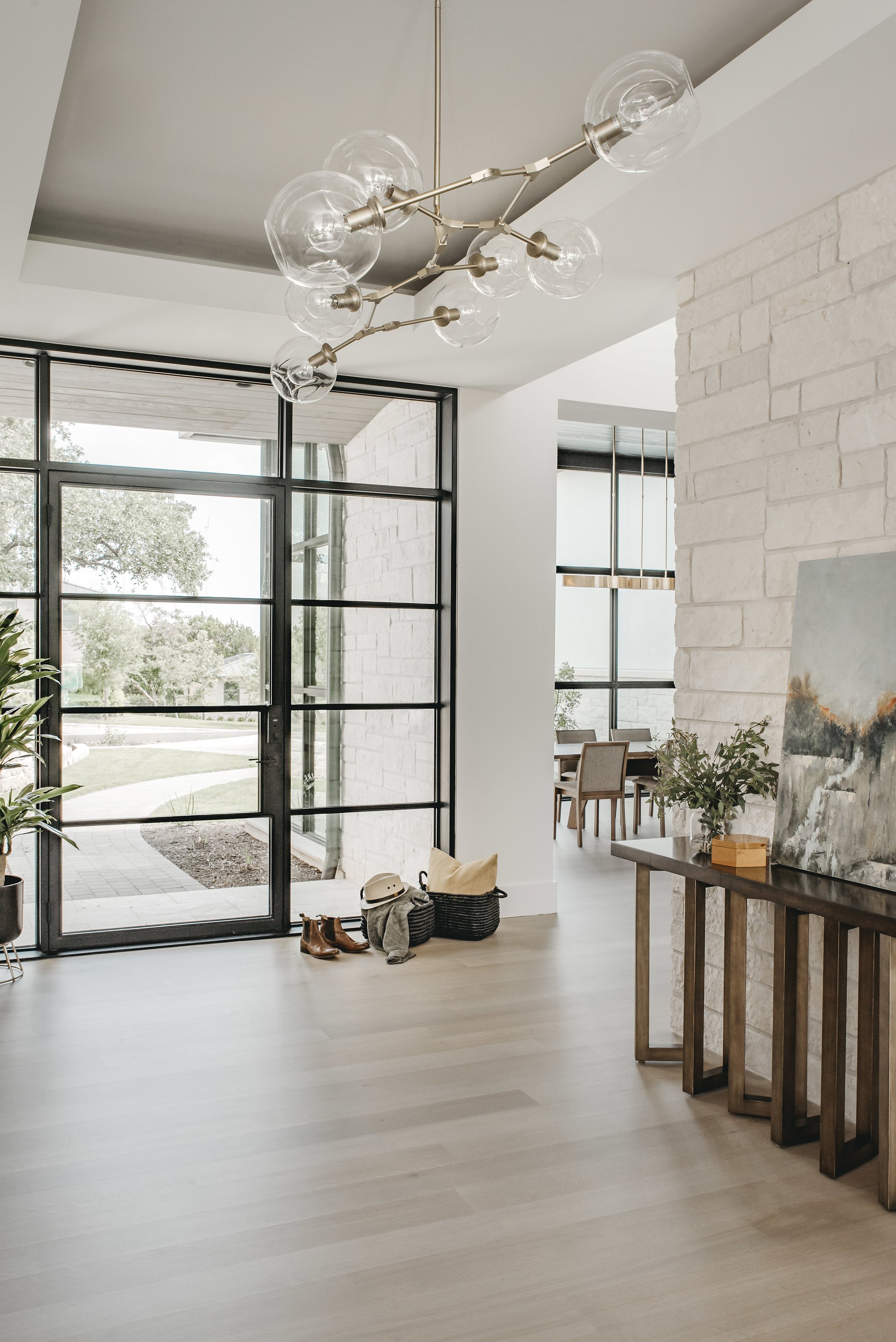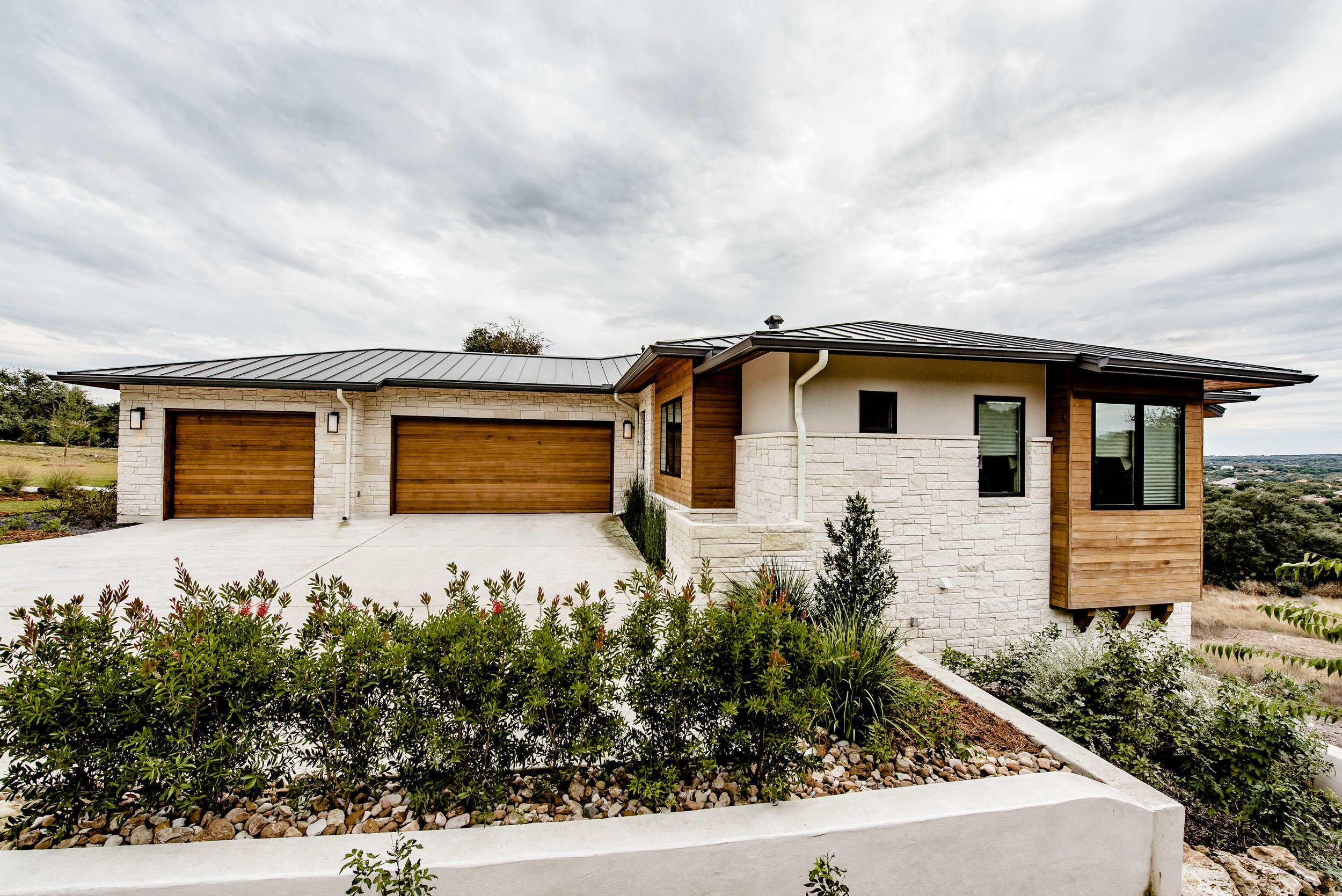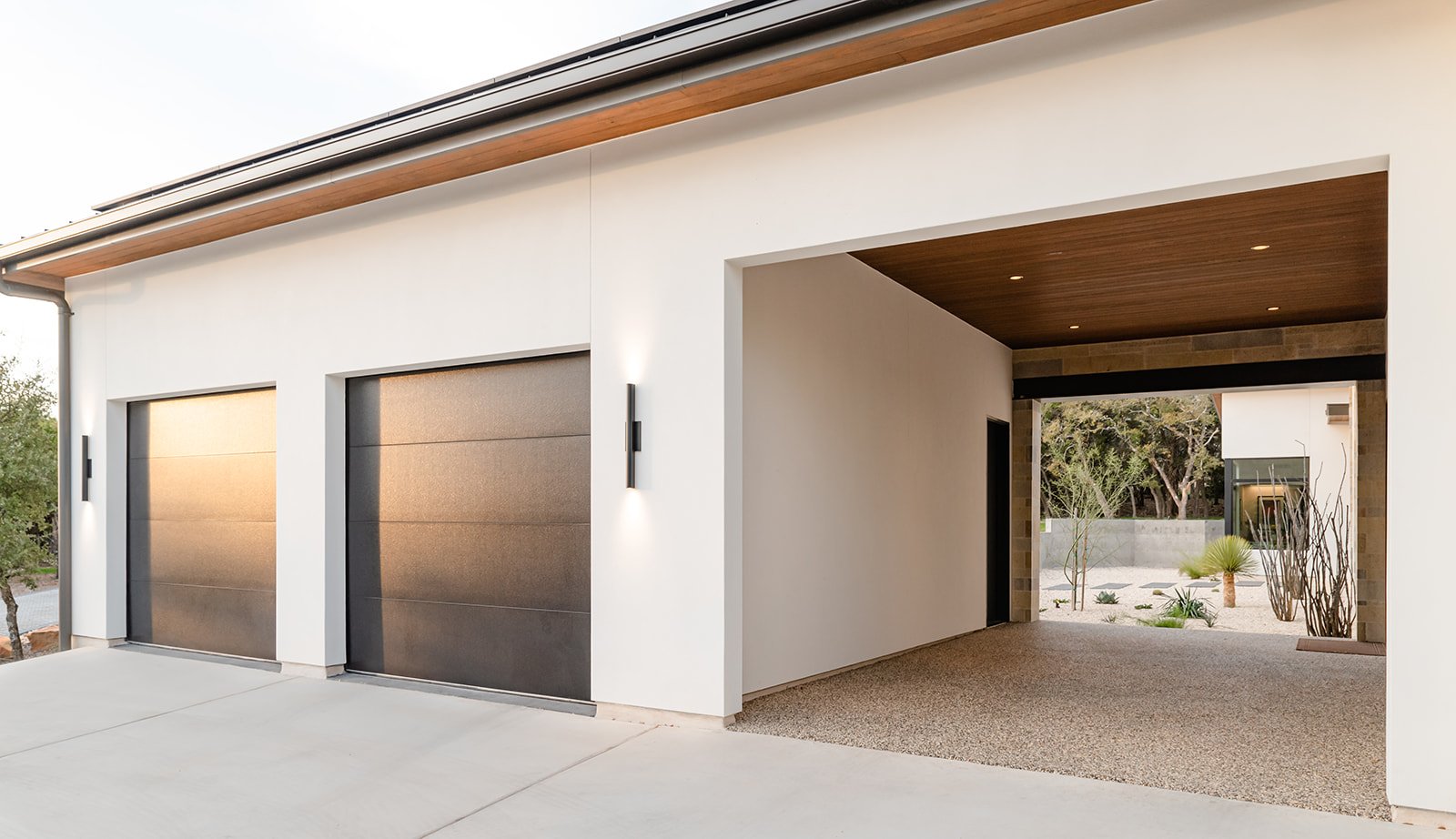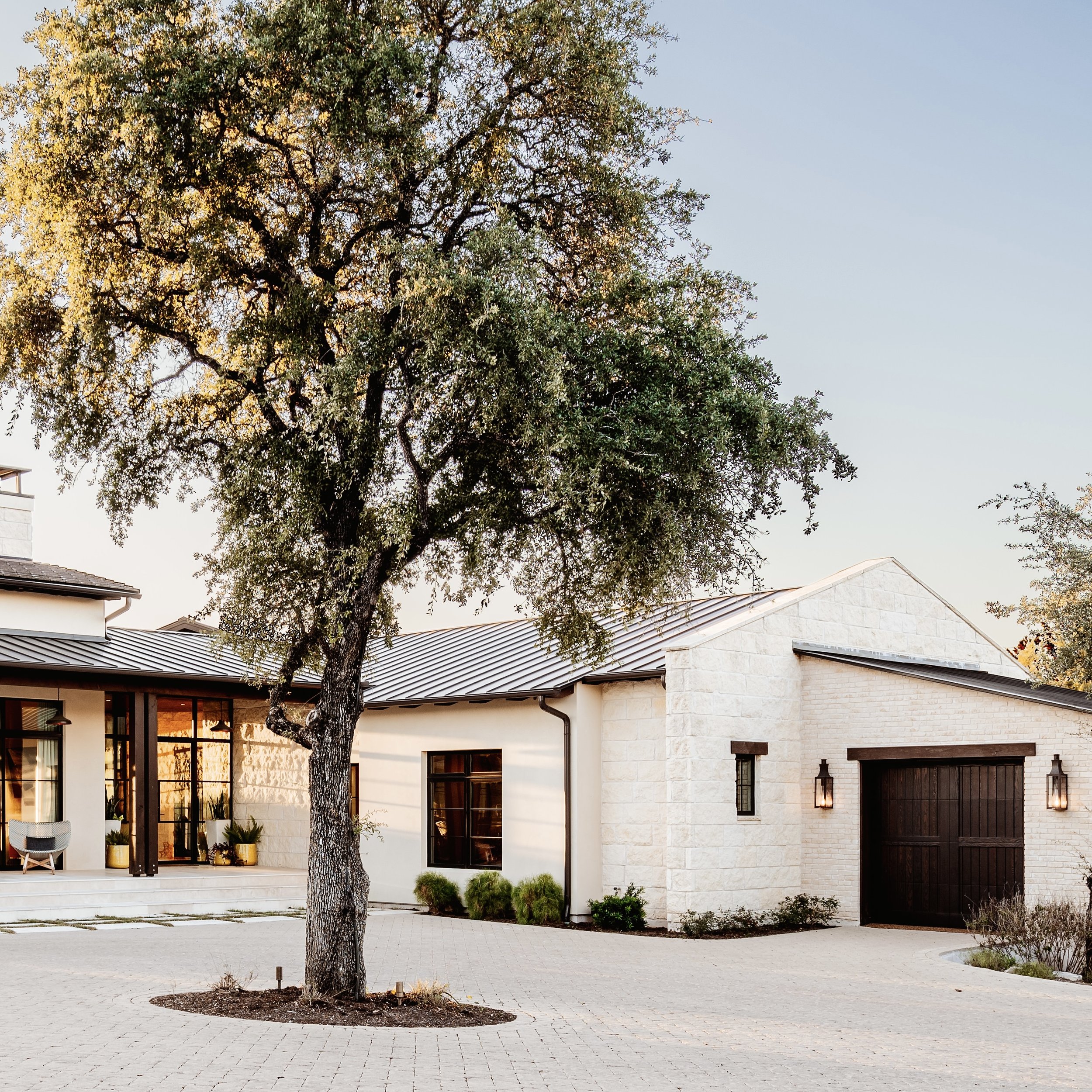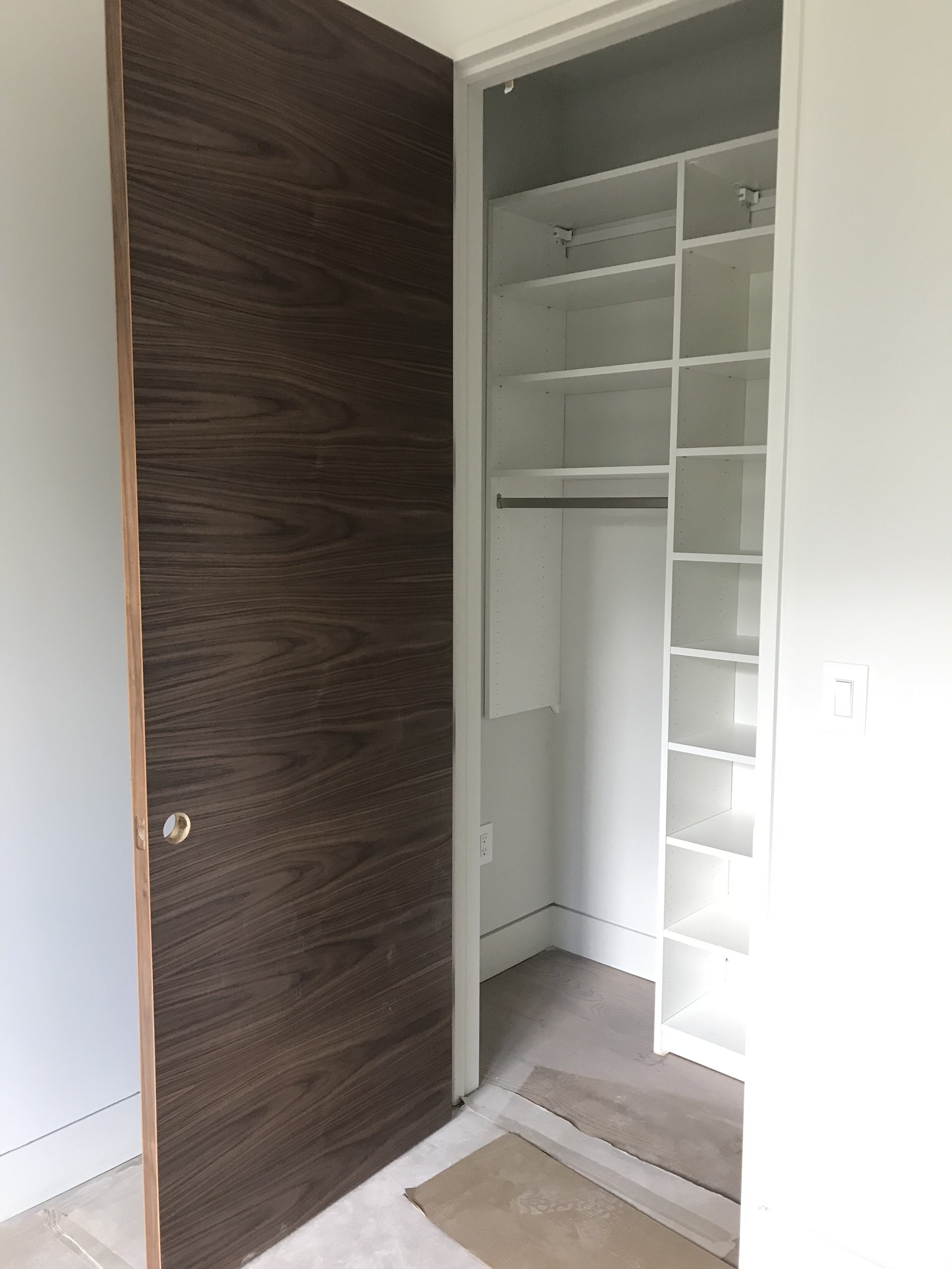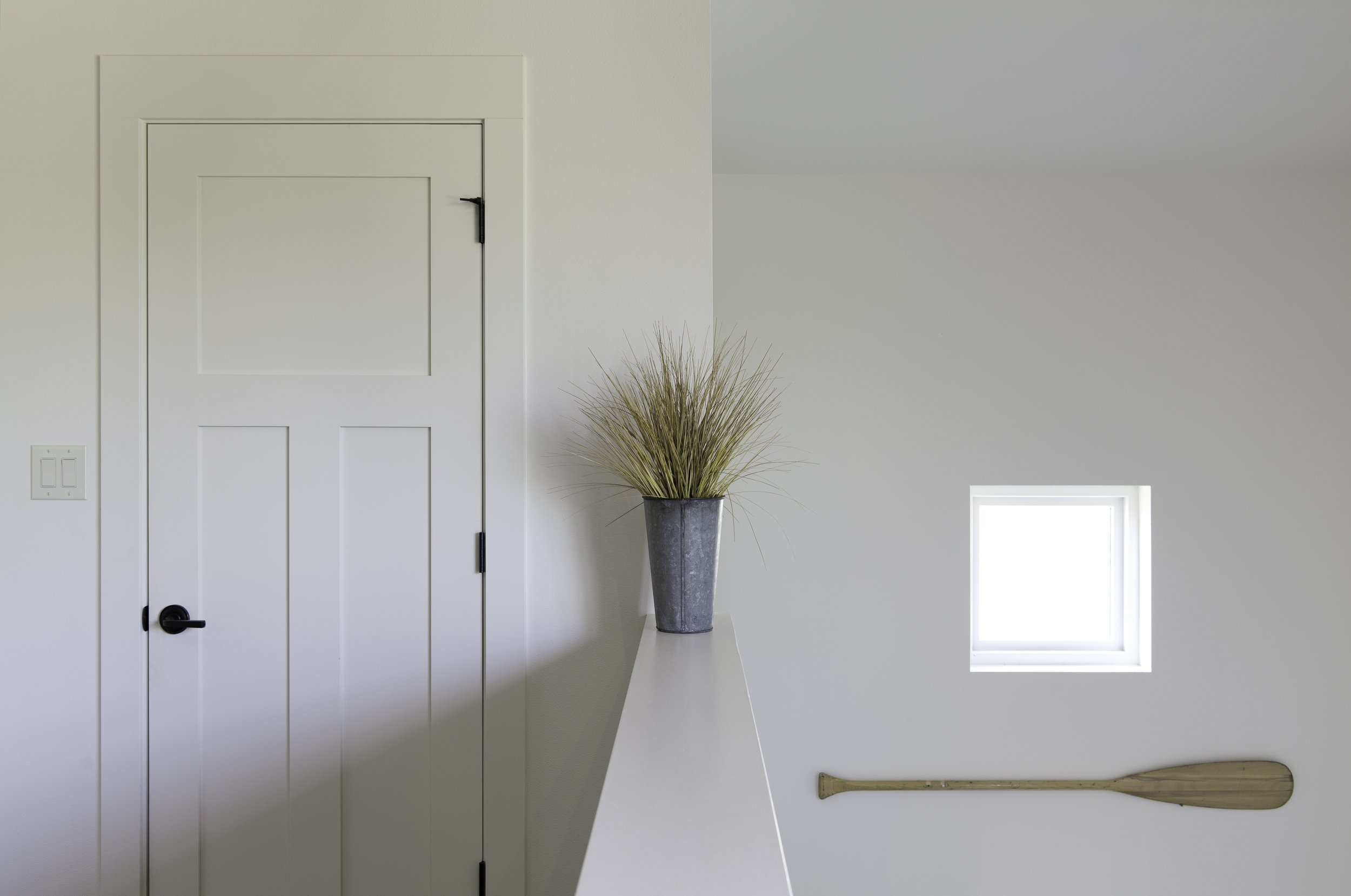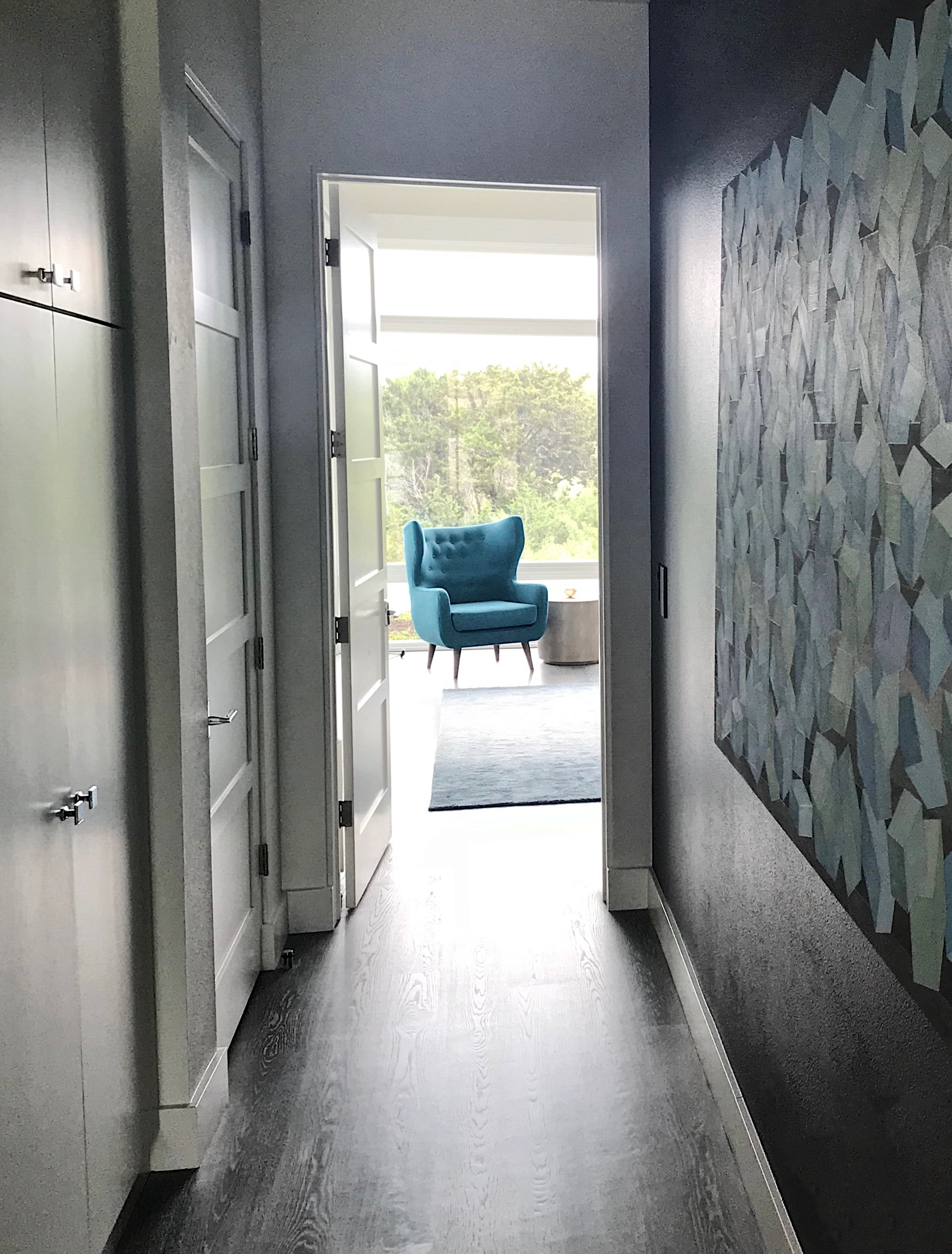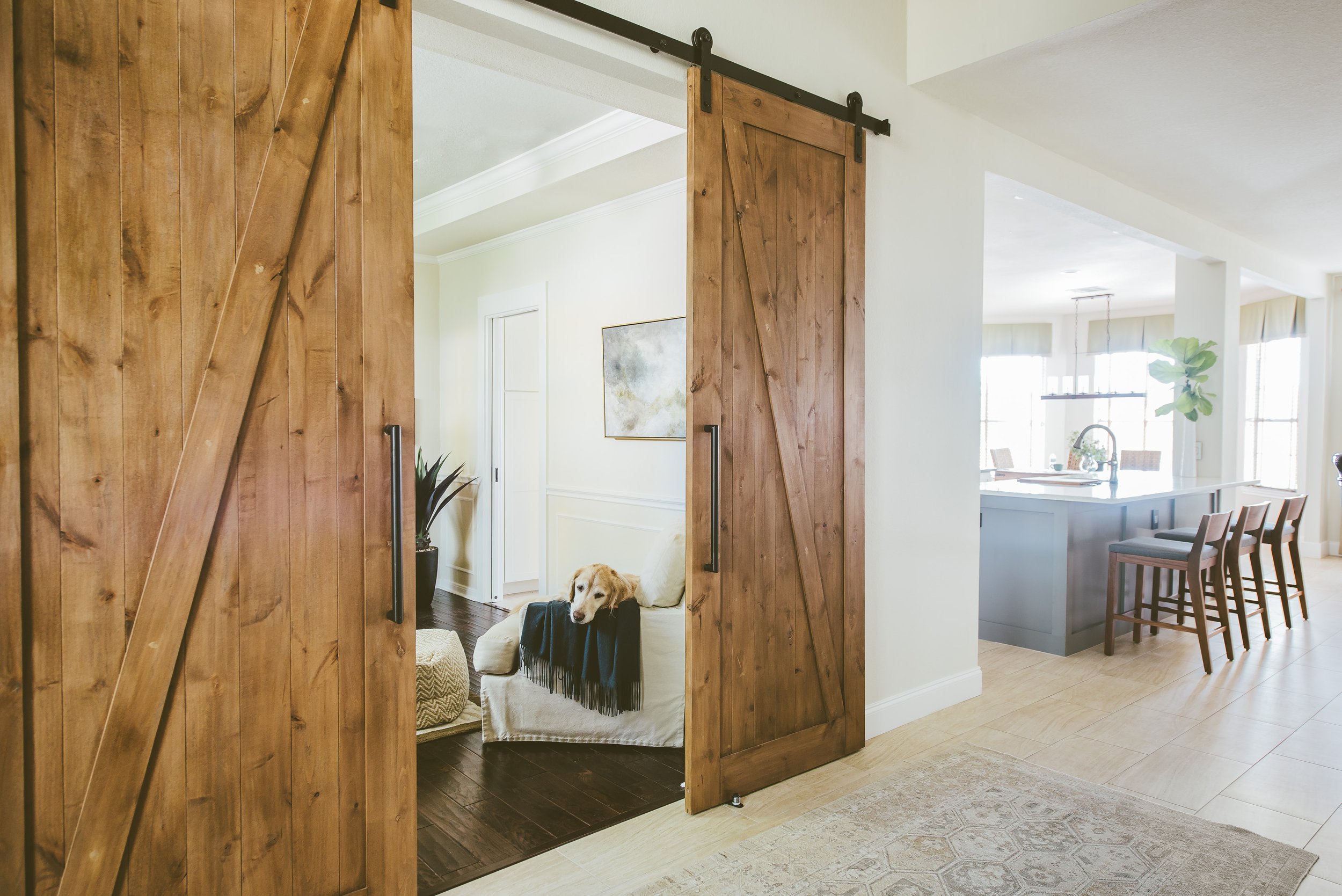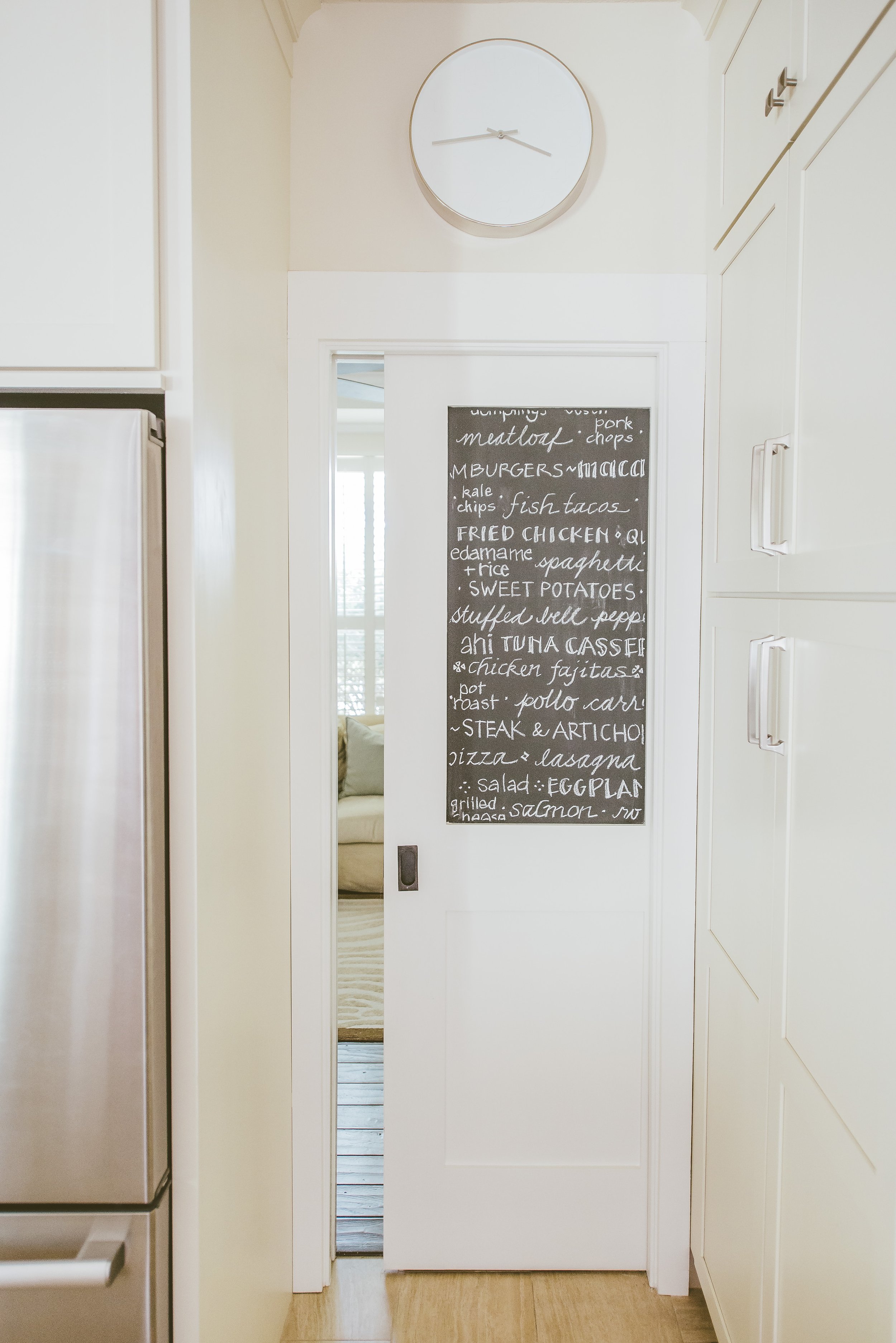So, I Have This Thing FOR Doors…
Last month, this interior designer took a step outside and dove into exterior materials for your home. Writing about masonry and roofing got me thinking how exterior elements connect to interior spaces as well as the transitional areas we touch as interior designers. The most significant transition points in a home are doors, and I have a special place in my heart for them. Since I have this thing with doors, I wanted to share a guide — focusing on both beauty and function.
Doors are this metaphorical design element, layered with meaning. On the one hand, they welcome guests and provide a portal into our private lives. On the other hand, they create a barrier between public and private spaces and keep us safe from the outside world. When it comes to design aesthetics, they have a dramatic impact on both the interior and exterior that can’t be overlooked.
Let’s delve into some various aspects of doors to help you on your journey of selecting the best doors for your home.
My Guide to the Best Doors for Your Home
A Brief History of Doors
Ok, I told you I have a thing for doors! During my travels, I’ve frequently noticed interesting doors and taken pictures. I’ve found that door styles change with design trends over time and also vary by culture and region. So, a door is a key indicator of a building’s style, historical period, and location. Here are a few favorite door pics I’ve collected along the way.
Pictured: Doors From India, Portugal (thx for the pic Casey!), and Spain
The Different Types of Doors You Need for Your Home
Exterior Entry Doors
When it comes to doors, your entry door may be the most important. It will undoubtedly leave the biggest impression! As such, homeowners have a lot of considerations to keep in mind when selecting the perfect front door. The main factors to evaluate are architectural style, privacy, and maintenance. Here are a few of my favorite options.
Glass & Steel Doors
Glass & steel door units are now a popular option for contemporary-style homes. However, some clients prefer not to have outsiders be able to see in so easily. Discussing privacy and maintenance goals is essential when helping clients choose their doors.
Wood Doors
Wood doors are a beautiful, classic choice that can fit almost any home style. While wood can add a wonderful organic touch to an exterior, it can become a maintenance burden if highly exposed to the elements.
Steel Doors
Steel doors are durable, low maintenance, and secure. However, they can be hot to the touch under the harsh Texas sun. So, they might not be the best fit for a family with young children arriving home from school.
Think about daily use as well as the impact you want to have on your facade as you plan out exterior details and make your entry door selection.
Pictured: Custom Steel, Glass & Steel, and Wood Doors
Garage Doors
Garage doors and entry doors share similar design considerations, especially as it relates to style and maintenance. However, a garage has a lot of square footage, so the factors become magnified. If the garage faces the street, I pay much more attention to style indications. If it is not as visible, then maintenance concerns take precedence. A traditional garage usually has more detail and pattern, whereas a transitional or contemporary garage door is simple and sleek. Personal note - I myself am not a fan of windows in the garage door. It seems like a fussy, unnecessary detail, so you will always see me opt for simplicity.
Pictured: Transitional Cedar, Contemporary Painted, and Traditional Stained Garage Doors
Interior Doors
There are many more door decisions to make once you cross the threshold into the home’s interior. As with all material selections in a home, you get what you pay for. You can feel a quality door when you open it, and it will leave an impression. The next time you open a door, take note of the weight and how it feels. This is a good indicator if it’s a solid or hollow door. While door styles tend to come and go with design trends, quality is always appreciated. Here are some of the main interior door styles.
Raised Panel Doors
Generally speaking, you’ll see raised panel doors with curved elements in traditional homes. These raised panels add an extra layer of dimension and visual interest to the space.
Slab Doors and Flat Panel Doors
Slab doors and Flat panel doors with squared detailing provide a sleek and simple style perfect for contemporary or farmhouse homes.
Pictured: Walnut slab door, Flat panel shaker door, Flat panel 5 panel door
Statement Doors
I’ll admit I get bored quickly when I see the same door over and over. So, I like to seek out more unique designs. While they tend to cost a bit more, I believe a door is a subtle contributor to the feeling of quality in a home. A stylish door definitely makes an entrance.
In addition to door style, think about stained versus painted and if there are opportunities for unique accent doors to highlight a particular room.
Pictured: Barn Doors, Chalkboard Door, Glass Door
Pro Tip: Mix and Match
Not all the doors in your home need to be the same style, color, or quality level. For example, I’ve chosen a more expensive door in main community spaces and a more economical one in private areas. Additionally, I’ll include a few accent doors with glass, color, or something unique to add a layer of visual interest.
Door Anatomy: The Parts of a Door and Design Considerations
Take it from me - there are a lot of details to consider when choosing doors. If you are working on a project where new interior doors need to be ordered, note these specifications to ensure they flow and function to your liking. This isn’t a comprehensive list, but it includes some top concerns to look out for.
Sticking
Sticking is a small detail that can be easily overlooked. The sticking is a profile detail between the flat wood or glass panel and the door’s rails and stiles (border pieces). Common categories for this trim piece are: squared, beveled, beaded, and ogee edge. Make sure these are stylistically consistent with your goals.
Swing Direction
You will have to specify an inward or outward swing on most of your doors, which is determined in a precise way. Ensure that the door doesn’t swing into a traffic path, cover light switches, or create other obstructions when open (most areas have codes governing this). Ideally, a door should land on a wall where it can always remain open without worry.
Dimensions
There are standards to be aware of, for consistency if you are remodeling, and for additional components you might specify. For example, as you specify hardware or swap out hinges, you’ll want to know that a standard interior door is 1 3/8” thick, whereas an exterior door is 1 3/4” thick. A standard door height is typically 80”, but new homes with taller ceilings often have 8’ interior doors. Finally, door widths are especially important: recent codes regulate a minimum 32” width for most interior doors. My home was built prior to that requirement, so a few years back, when caring for my mom, I recognized how unsuitable our 24” bathroom doors were when I couldn’t get her wheelchair into our bathrooms.
Hinges
Your door hinges should match the hardware and the main metal finish throughout your home. I actually choose metal finishes as one of the first design decisions of a project to ensure consistency. Clients are often surprised by this, but builders need to order doors early, and they often come with hinges attached. Additionally, you could plan for a concealed hinge. This subtle detail creates an elevated look. While it’s an added expense, it provides a special touch.
Pictures: Concealed Hinge, Glass Doors With Detailed Sticking Profile
The Bottom Line: Doors Provide an Entry Point to Memorable Design
A door is an important design selection that we often take for granted. Yet, it is a subtle style driver and an opportunity for intentionality. Resist the urge to default to the most common styles you see. Instead, look for something special. After all, doors are the first point of entry into the rooms of your home. Make crossing the threshold memorable.


